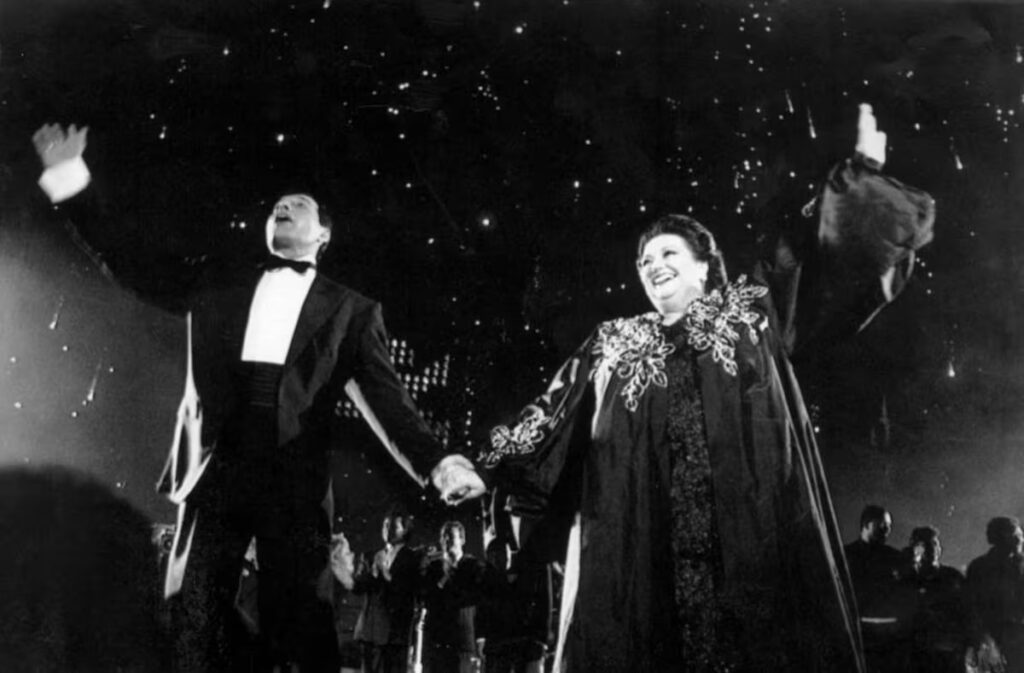
Last week, the reaction of the associations in the Glòries neighborhood to the announcement by the City of Barcelona to dedicate a sculpture to the singers Freddie Mercury and Montserrat Caballé was well known. The artistic work, which would still be conceived, as proposed by the current municipal administration, was to pay homage to the two unforgettable interpreters of the song Barcelonaanthem of the 1992 Olympic Games. In fact, the desire to dedicate some permanent tracks to the two artists goes back a long way. Socialist Jaume Collboni proposed in 2018 that Mercury and Caballé should each have a street, arguing that the city owed “an exceptional debt to the two artists for everything they represented for Olympic Barcelona, with the music that inspired an entire generation.” At the end of 2023, with Collboni already mayor, the gazetteer report approved the assignment of a point of view to the two singers in the new space between Castillejos street and Plaça de las Glòries. Now they wanted to go further with a statue, but the proposal met with opposition from the neighborhood associations of the neighborhoods of Fort Pienc, Clot, Poblenou and Sagrada Familia.
There is usually a debate about what the symbolic references are in urban space, because, although they may seem like minimal stories – the name of a street, a statue in a corner of a city – they are by no means a trivial matter. Just think of the importance that the decisions regarding the change of name of the streets dedicated to figures of the dictatorship had in the process of democratic consolidation. Or more recently, in the case of Barcelona, the story of the former Plaza de Antonio López, first Marquis of Comillas, a businessman who had enriched himself with the slave trade during the 19th century, which the pressure of social movements and the decision of the City Council allowed to be renamed in 2022 with the name of Idrissa Diallo, a Guinean migrant who died in 2012, after having passed through the Internment Center for Foreigners (CIE).
For this reason, the position of the neighborhood associations towards the statue seems significant since they declare that they have no problem with Freddy Mercury, but they do have a problem with Montserrat Caballé, and for very specific reasons. Without ever questioning the singer’s artistic value, they believe that “a person who has established his residence abroad and who has been tried and convicted for tax fraud does not constitute an example for anyone”. It is clear, strong and concrete. This is not about demonizing anyone, but about stigmatizing behavior linked to the idea that 79.5% of those interviewed expressed to the CIS this summer, when they declared that “cheating the Treasury deceives the rest of the citizens”. Small stories sometimes explain very large stories, which deserve to be told.





